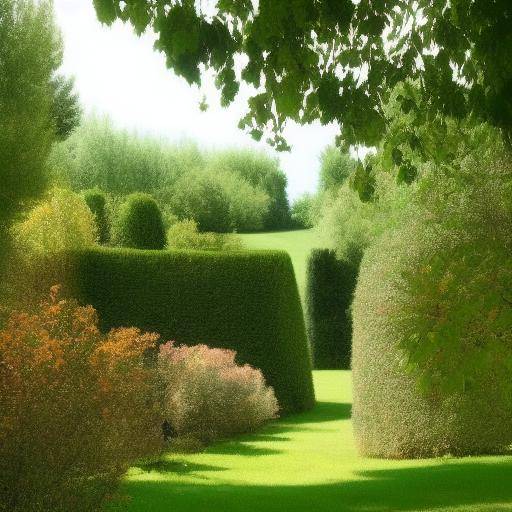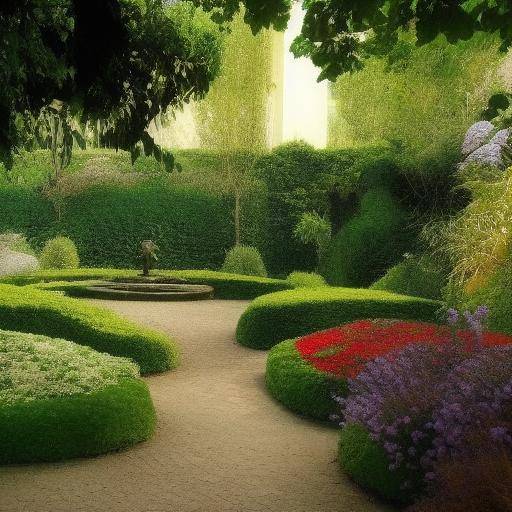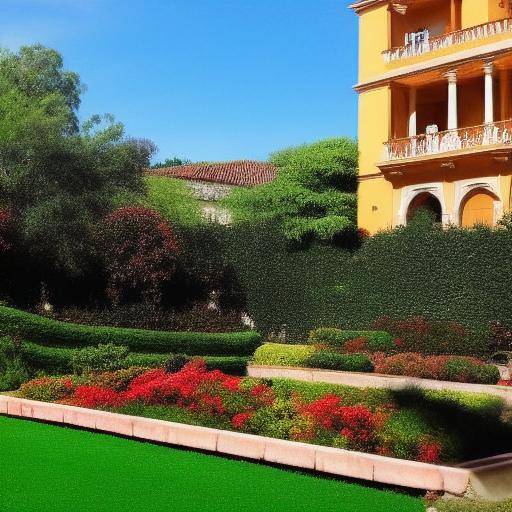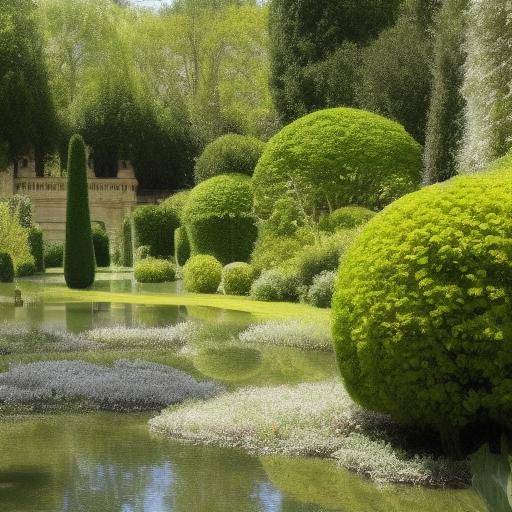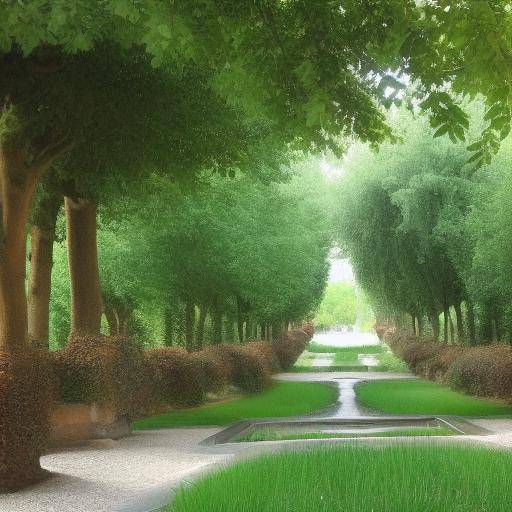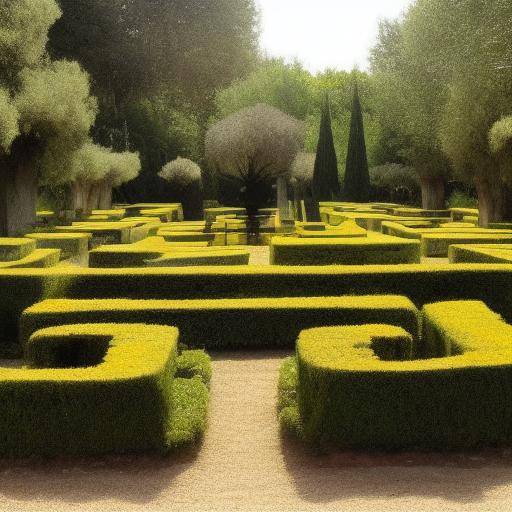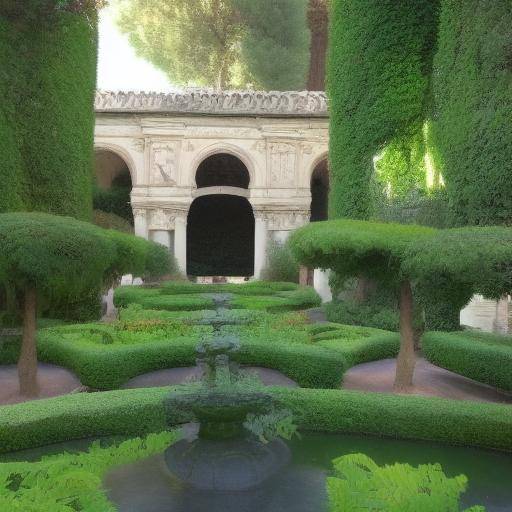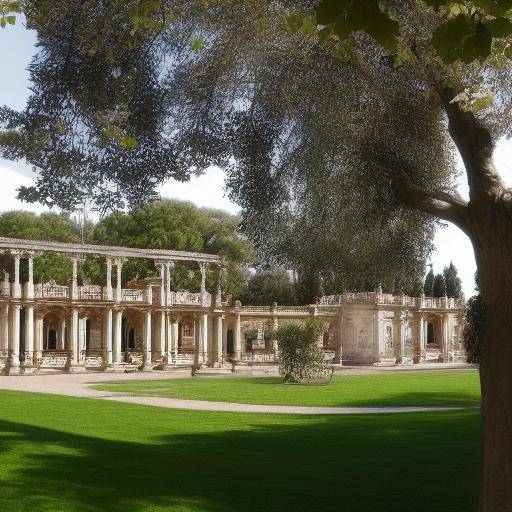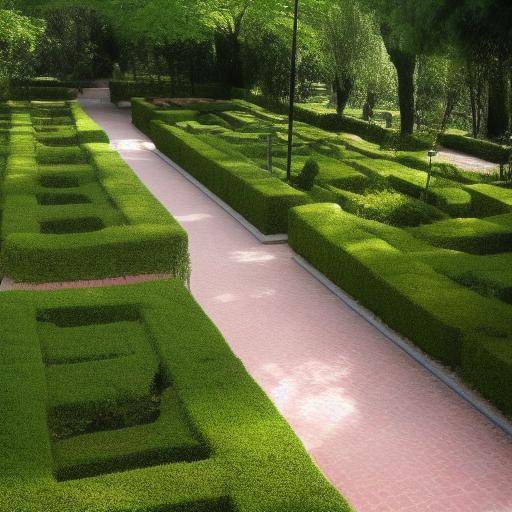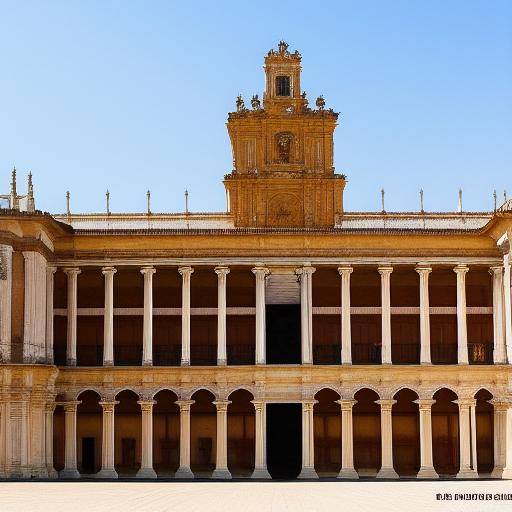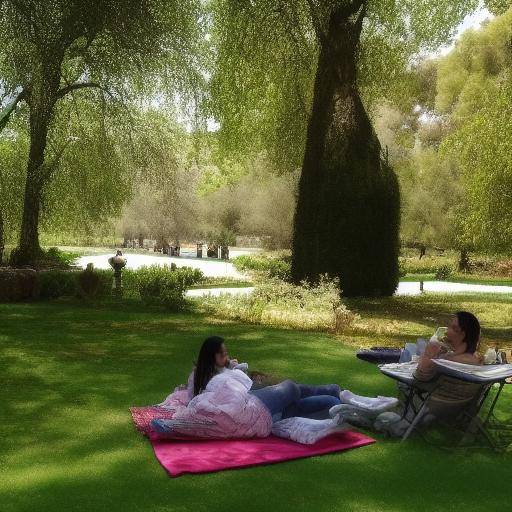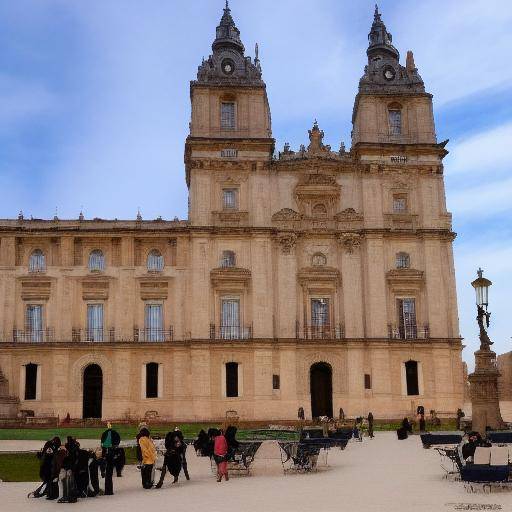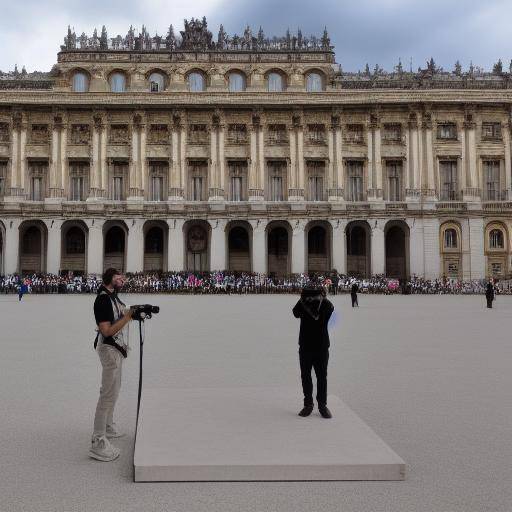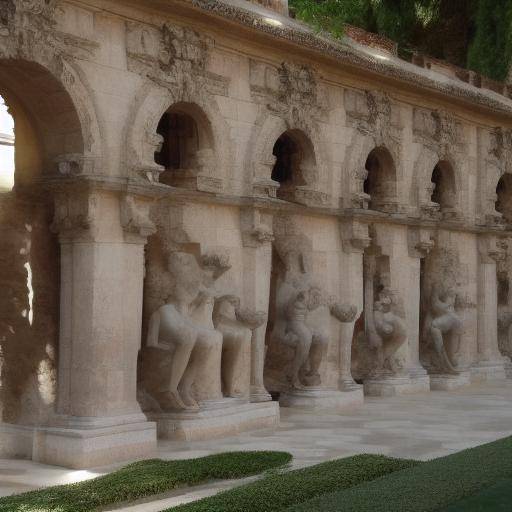
The Palace of Versailles is one of the most emblematic treasures of France, renowned for its impressive sculptures, exquisite gardens and magnificent Baroque architectural design. In this article, we will thoroughly explore the rich history and artistic beauty of Versailles and its influence on Baroque art. From its historical origin to its contemporary impact, we will unravel the majesty and significance of this incomparable site. In addition to offering historical perspectives, we will analyze the modern relevance of Versailles and Baroque art in the current cultural scene, providing an enriching and insightful vision.
Introduction
The Palace of Versailles, with its opulence and grandeur, has captivated visitors from all over the world since its construction in the seventeenth century. Initially conceived as a royal residence, this historical monument has exerted an indelible influence on architecture, garden design and baroque sculpture. From its intricate statues to its elaborate landscape designs, each element of the Palace of Versailles narrates a fascinating history of art, power and culture. Throughout this article, we will embark on an immersive journey through the impressive artistic achievements that adorn the halls, gardens and halls of the palace, discovering its lasting legacy and its continuing relevance in the contemporary world.
History and Background
The Palace of Versailles, originally a hunting hall, was transformed by Louis XIV into a symbol of the absolute power of the French monarchy. Its construction was carried out over several decades, and its splendour left an indelible mark in the history of France and the European architecture. The baroque design of the palace, characterized by its lush ornamentation and its emphasis on grandeur, reflects the vision of Louis XIV to glorify royal absolutism through art and architecture. The gardens of Versailles, created by André Le Nôtre, also represent a milestone in the history of landscape design, combining nature and sculpture in a dazzling visual spectacle.
Baroque art, which flourished in Europe during the same period, shared the same grand and theatrical aesthetics as reflected in the Palace of Versailles. Baroque sculptures, with their emotional drama and visual dynamism, became an integral part of the palatial ornamentation, adorning their halls and gardens with a bold and sensual splendor. The fusion of architecture, landscape and baroque sculptures in Versailles created a unique artistic paradigm that has endured over the centuries.
Analysis in Deep
In examining the influence of Versailles and Baroque art, it is crucial to understand its global impact and its deep cultural importance. The masterpieces of Baroque art, present at the Palace of Versailles, encapsulate the expressivity and passion that characterize this artistic period. The fusion of architectural, sculptural and landscape elements in Versailles offers a unique opportunity to study the interrelationship between different forms of art and its impact on aesthetic experience.
Comprehensive review
The beauty and the eternal relevance of Versailles and Baroque art transcend temporary and geographical boundaries, serving as a source of continuous inspiration for artists, architects and art lovers around the world. Its lasting legacy offers valuable lessons on the connection between art, history and cultural identity, providing a platform to examine the role of art in society and the expression of human grandeur.
Comparative analysis
The contrast between the ceremonial majesty of Versailles and the refined elegance of Baroque art reveals the different facets of an artistic period that ranged from exuberance to introspection. While Versailles dazzles with its opulence and ostentation, Baroque art, in its most intimate expression, explored the subtleties of human emotion through its sculptures and paintings. Despite their differences, both share an unwavering commitment to beauty, drama and visual expression, marking a lasting legacy in art history.
Practical Tips and Accessible Recommendations
For those who wish to immerse themselves in the artistic wealth of Versailles and Baroque art, it is recommended to explore the palace with a specialized guide that can provide insightful insight into the artistic and architectural treasures that it has. Versailles gardens also offer the opportunity to experience the synergy between nature, landscape design and sculpture in an incomparable setting.
Industrial Perspectives and Expert Reviews
Baroque art experts recognize in Versailles an extraordinary testimony of the aesthetic and symbolic power of this artistic current. Its ability to captivate and astonish visitors through centuries of history makes it a lasting reference in the world of art and architecture.
Case Studies and Real Life Applications
Case studies that explore the influence of baroque art in contemporary design and architecture offer a revealing vision of the lasting relevance of their aesthetic and formal principles. When examining how the elements of baroque art have been reinterpreted in modern contexts, the continuity of their influence and ability to inspire new artistic expressions is revealed.
Future Trends and Predictions
Current trends in the appreciation of Baroque art suggest a renewed interest in their emotional wealth and visual theatricality. This contemporary revaluation offers a fresh perspective on the capacity of baroque art to continue to resonate in modern aesthetic sensitivity, pointing towards a future in which its legacy continues to enrich the global artistic experience.
Conclusions
The Palace of Versailles and Baroque art, in its monumental union, transcend time and space, offering an unforgettable immersion in the greatness and richness of art. From its exquisite sculptures to its impressive gardens, Versailles stands as an eternal monument to human beauty and creativity, while Baroque art, with its palpable emotivity and its technical mastery, continues to inspire and impress successive generations of art admirers.
Frequently asked questions
What is the cultural significance of the Palace of Versailles in the historical context?
The Palace of Versailles symbolizes the apogee of monarchical absolutism in France, reflecting not only the artistic grandeur, but also the political power and national identity of the time of Louis XIV.
What outstanding elements of baroque art can be seen at the Palace of Versailles?
Baroque sculptures in Versailles, which include mythological and allegorical representations, as well as adorned reliefs, exemplify the majesty and emotivity of Baroque art in its splendor.
What role do Versailles gardens play in landscape design and aesthetics?
Versailles gardens, designed with geometric precision and adorned with fountains and statues, represent a milestone in the art of landscape and the integration of sculptural art with nature.
How has Baroque art influenced contemporary sculpture and architecture?
The dynamism and theatricality of Baroque art have left an indelible mark on contemporary sculpture and architecture, inspiring artists and architects to reinterpret their aesthetics and emotivity in modern contexts, generating new creative expressions.
What is the global relevance of the Palace of Versailles and Baroque art today?
Both the Palace of Versailles and Baroque art continue to attract visitors from around the world, serving as an iconic reference in the understanding of the history of art, architecture and European culture.
What makes the Palace of Versailles and Baroque art so appealing to art lovers and tourists?
The timeless opulence and beauty of the Palace of Versailles, together with the emotivity and visual dynamism of Baroque art, create a fascinating artistic and cultural experience that continues to captivate millions of visitors every year.
How does the legacy of Versailles and Baroque art contribute to contemporary dialogue on the relationship between art, power and cultural identity?
The lasting impact of Versailles and Baroque art invites us to reflect on the role of art in the configuration of identity and the expression of power throughout history, enriching the contemporary discourse on the aesthetics and history of power.
In short, the Palace of Versailles and Baroque art are living wills of the human creative genius and their ability to leave a lasting legacy in history. His stylistic influence, his cultural impact and his dazzling beauty continue to inspire admiration and reverence at present, demonstrating that artistic grandeur transcends the limits of time and lasting in the eternal sphere of art.

